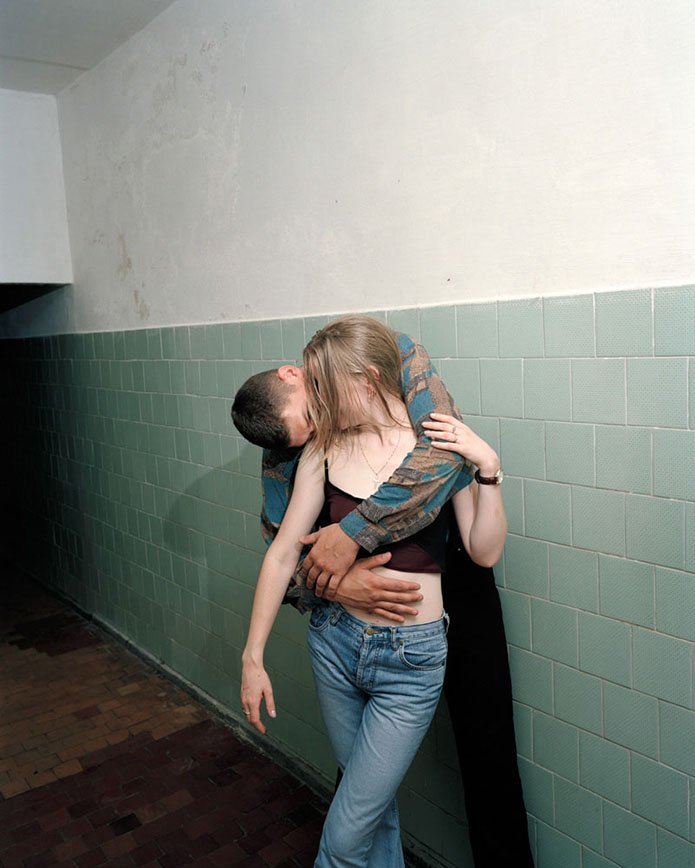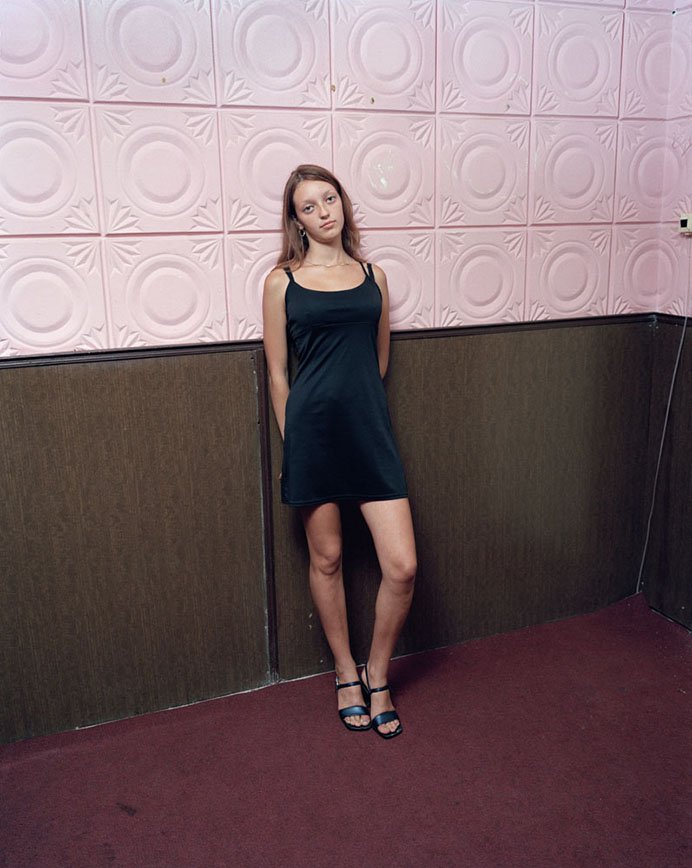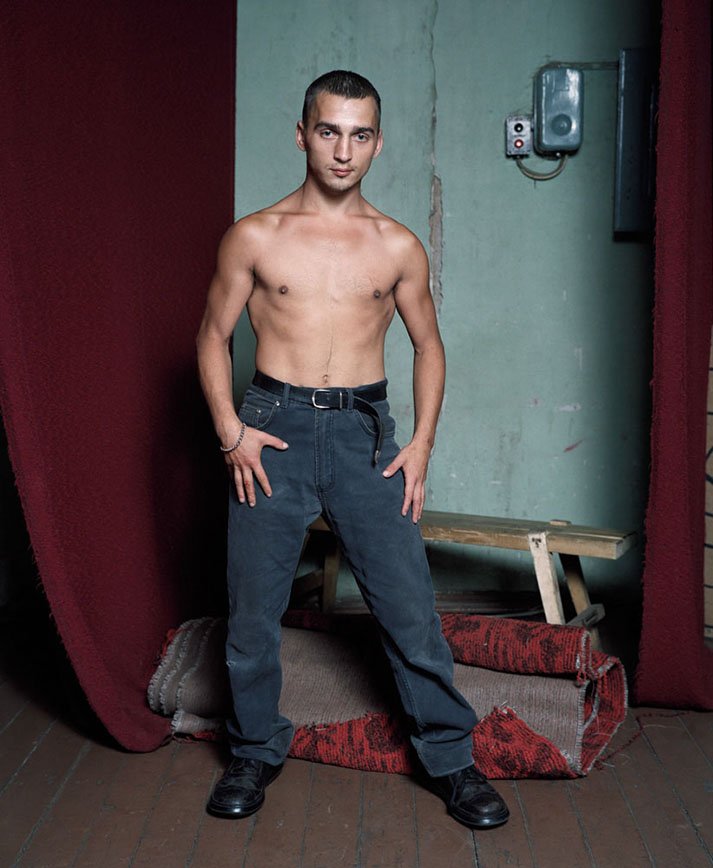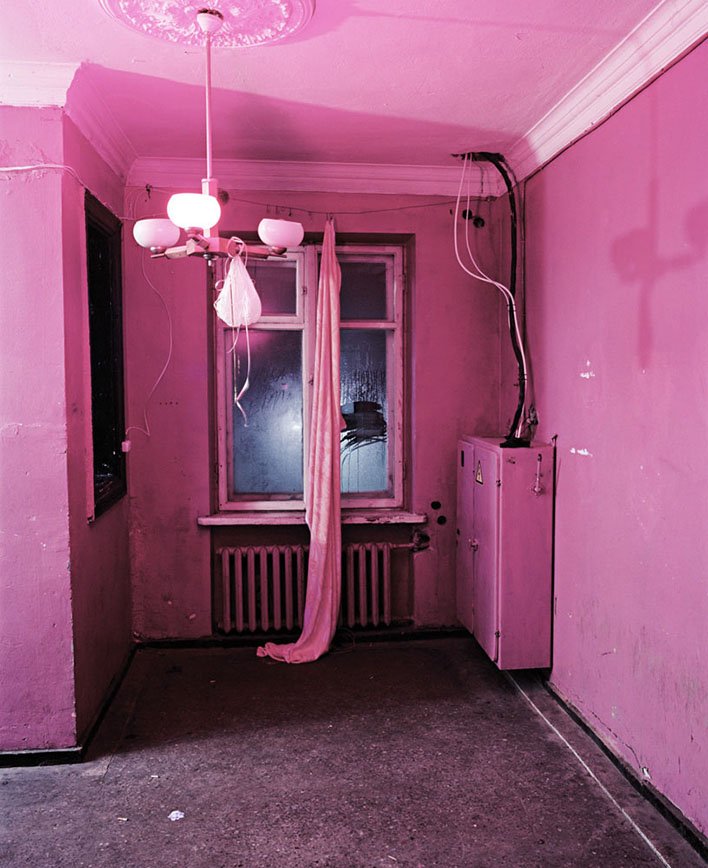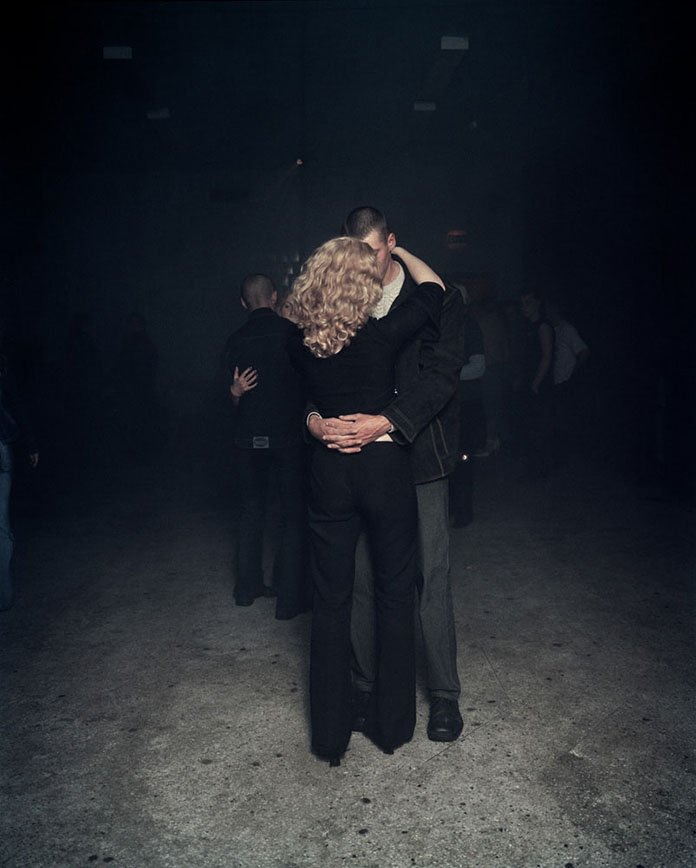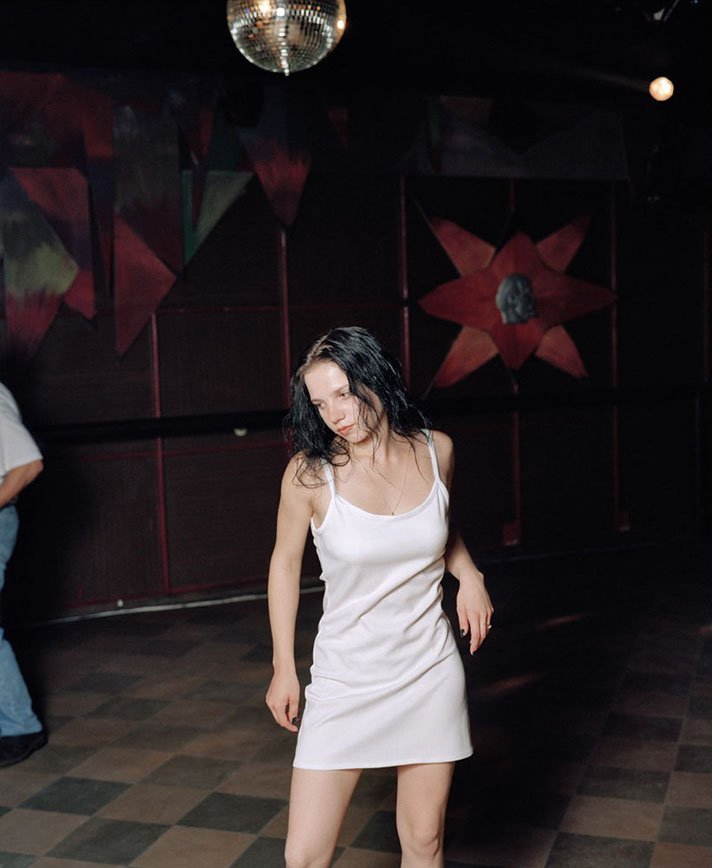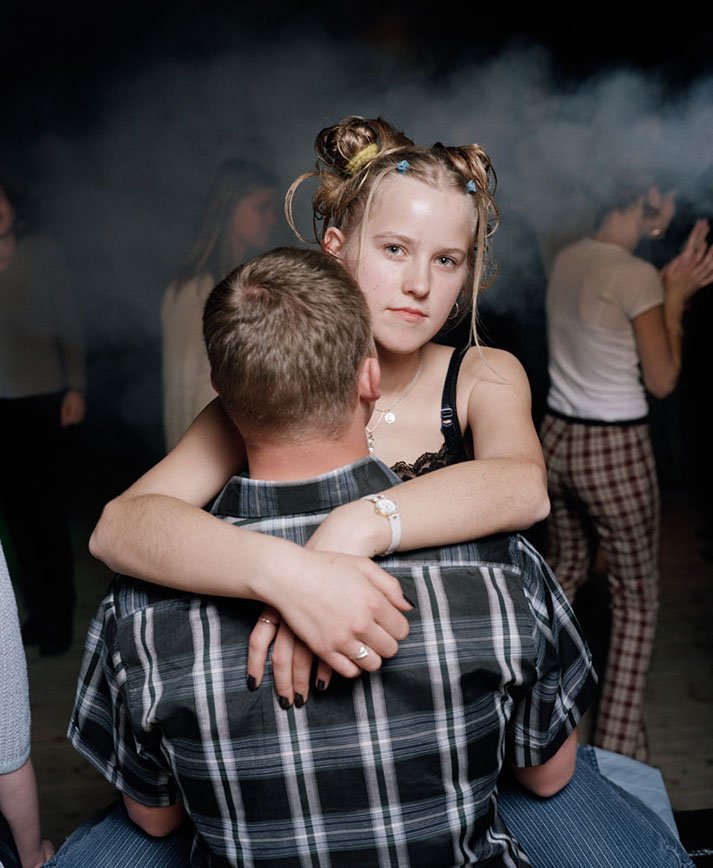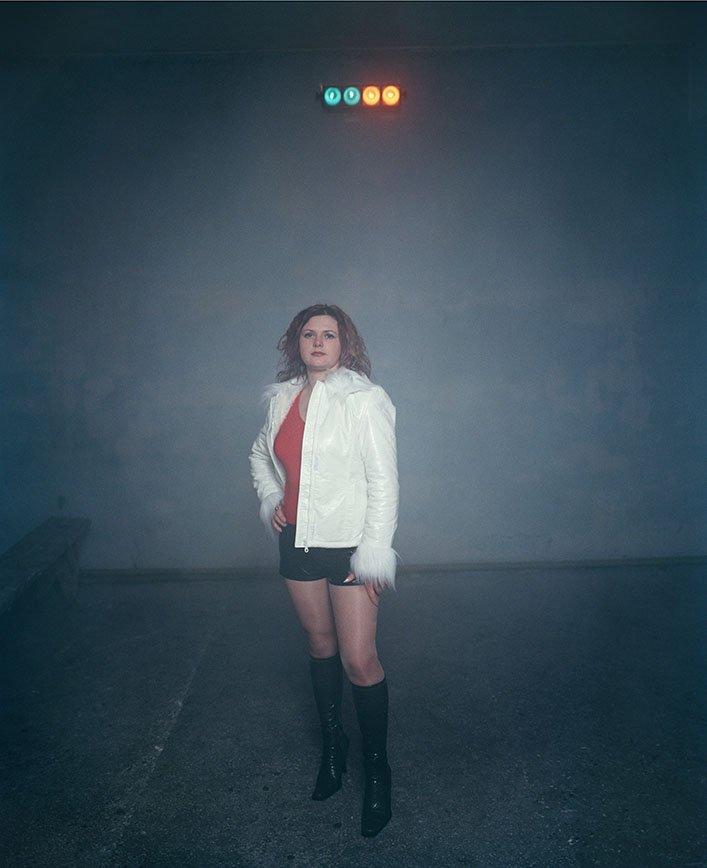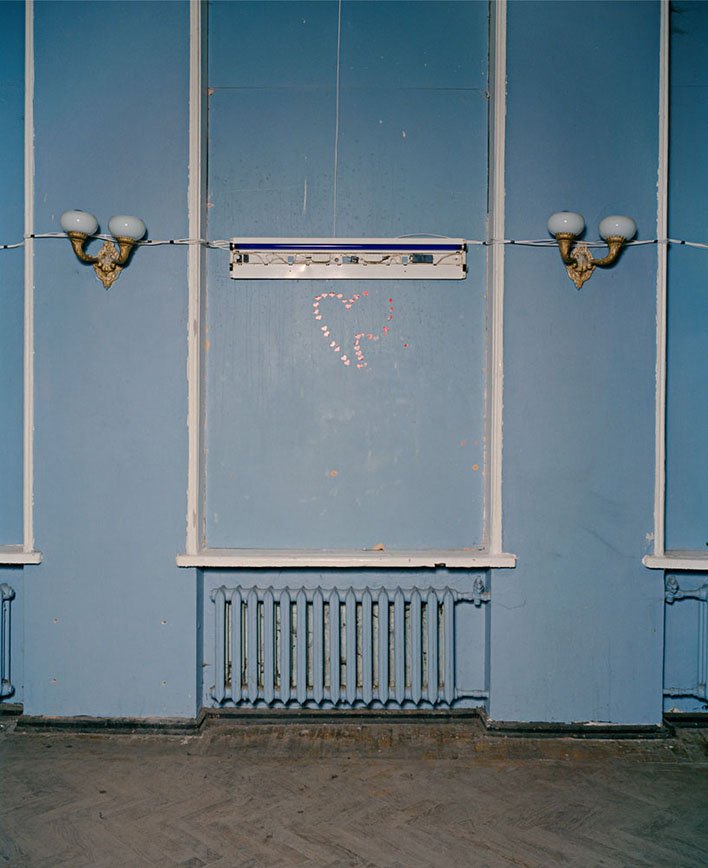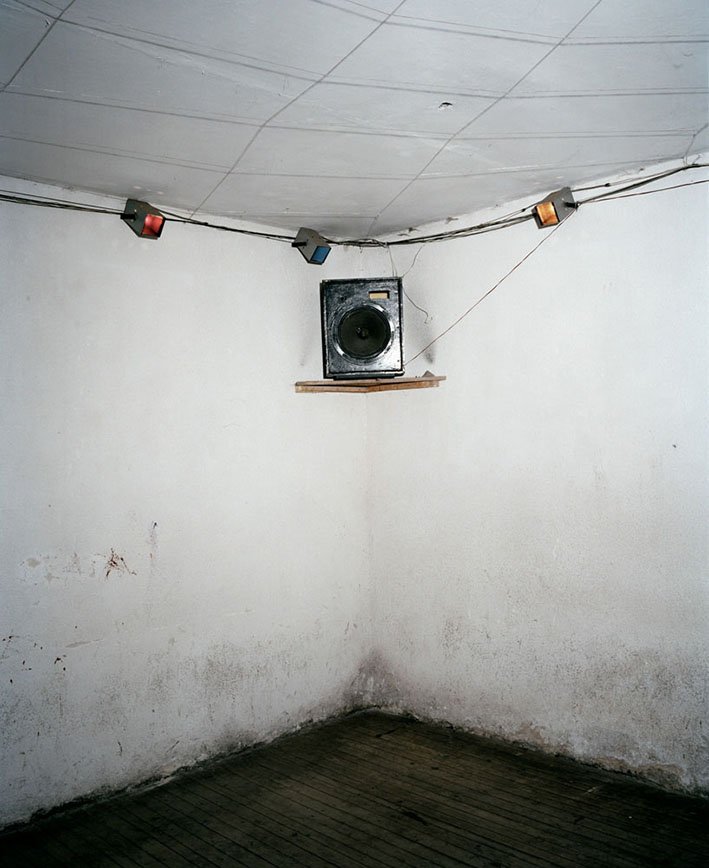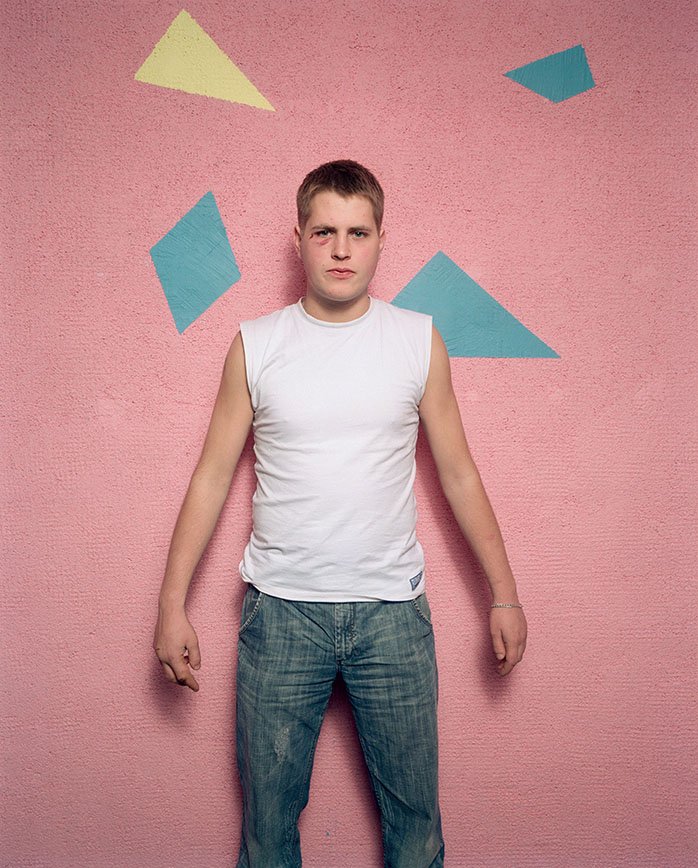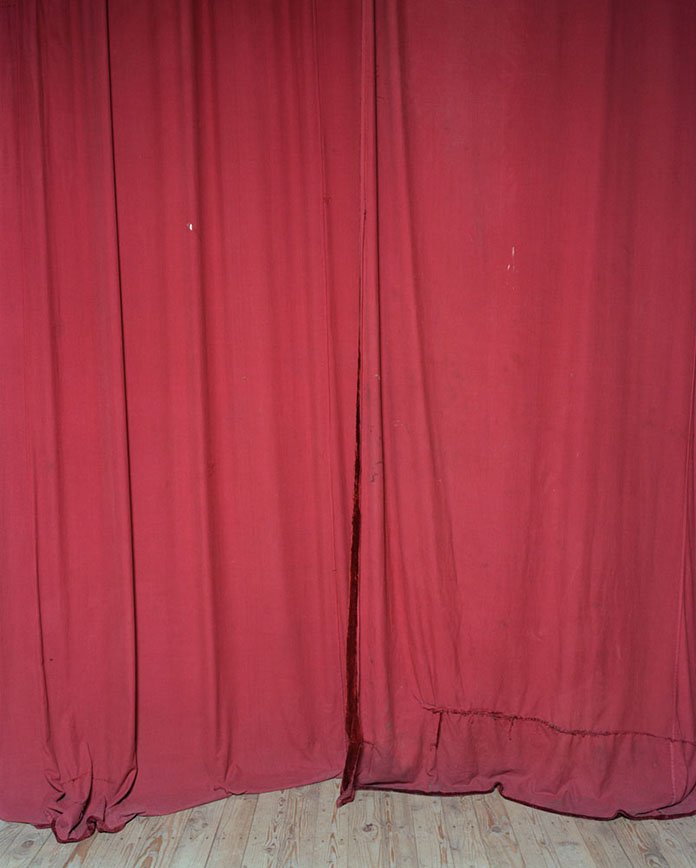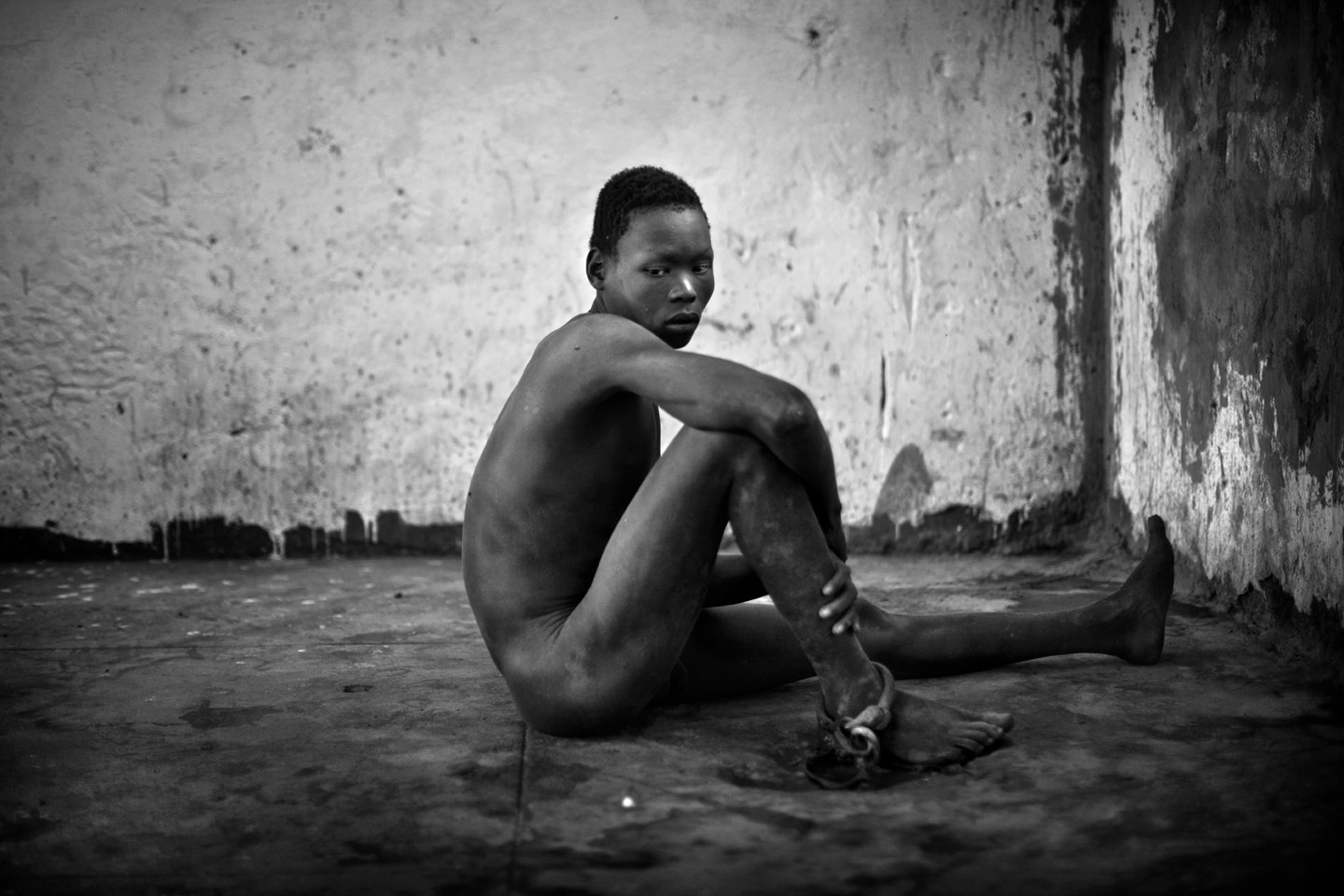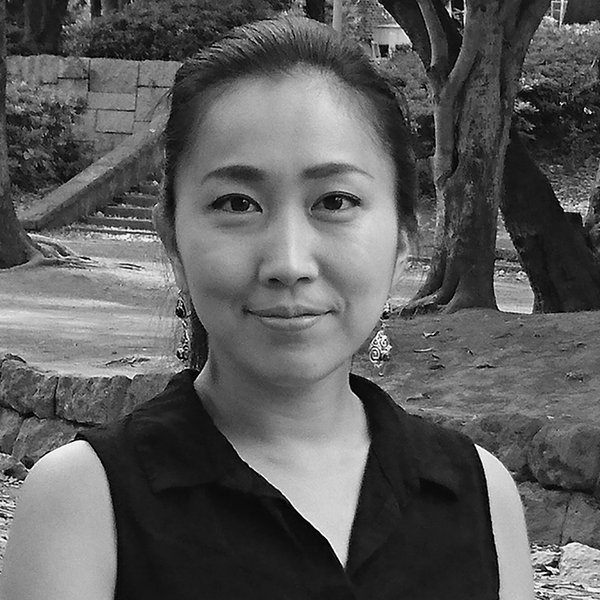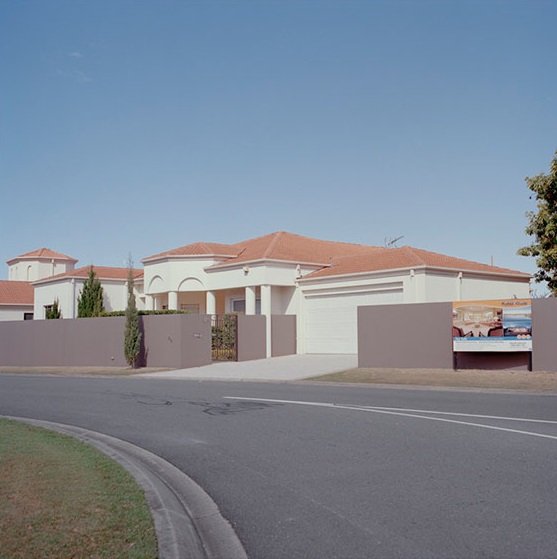Lithuania –
For ten years Andrew Miksys traveled the back roads of Lithuania photographing teenagers in village discos. Most of these discos are located in Soviet-era culture houses where Miksys would sometimes find discarded Lenin paintings, old Soviet movie posters, gas masks, and other remnants of the Soviet Union. He became fascinated by all this debris of a dead empire and the teenagers who visited the clubs. It seemed like a perfect backdrop to make a series of photographs about young people in Lithuania, a crumbling past, and the uncertain future of a new generation all together in one room.
The small communities where Miksys photographed had been through a lot during the twentieth century, including war, genocide, multiple occupations, and the more recent pressures brought by capitalism. And a disco was never just a disco. In Eišiškės (Yiddish: Eishyshok) the disco is in a converted synagogue. And right next door are the ruins of what was Eiš¬iškės’s largest synagogue before the war; it was a sports hall during the Soviet era and now just a hollow shell with a broken score- board on one wall. It was in these synagogues that the Nazis imprisoned Jews in 1941 before they were taken to the old Jewish cemetery, told to undress, and shot by Lithuanian auxiliary troops.
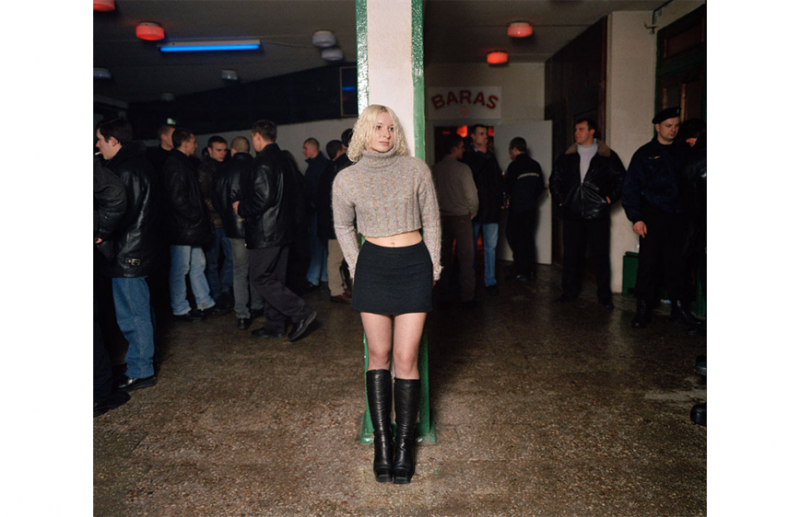
In Lithuania, Miksys’ DISKO photographs have been the focus of much debate in the Lithuanian press. After DISKO was featured in the Daily Mail of London this summer, Lithuania’s largest newspaper published an article suggesting that Great Britain was conspiring to harm Lithuania’s image around the world by publishing the photographs. The paper even went so far as to suggest the “negative” portrayal of Lithuania in the DISKO book might damage the Lithuanian economy and deter foreign investment. The Lithuanian embassy in London gave the story further credence when it translated this article criti- cizing Miksys into English and posted it on their official Facebook page. And the president of the Photographers’ Union in Vilnius accused Miksys of manipulating the foreign press to promote himself and the publication of the DISKO book.
Just what is it that makes these images so threatening to the guardians of Lithuanian identity? Lithuanian art critic Jurij Dobriakov believes Miksys has brought viewers uncomfortably close, almost in confrontation, with the people and places in DISKO. He equates Miksys’ photographs to an autopsy (the original Greek meaning of the word is “to see with your own eyes”). Miksys grabs the viewer and says, “Take this and look. It also exists.” The book is an intimate look into the lives of people who are mostly forgotten and relegated to the edges of Lithuanian society. Miksys puts them center stage.

“DISKO is a 10 year long documentation by American-Lithuanian photographer Andrew Miksys , about village discos which were once under the Soviet regime at one point, used as detention centers and more. Village discos are getting less popular these days as the youth is either moving cities or leaving for Western-Europe and America. Andrew emulates this probing interest in exploring the behavior of the younger generation ,who is readily ignoring the hardships of struggling economy and, ‘just get drunk, make out, dance and sometime fight’ to quote Andrew.” – Manik Katyal, Editor-in-Chief, Emaho Magazine
DISKO
ARÖK Books
First Edition
Photographs by Andrew Miksys
Text by Andrew Miksys and Andrei Codrescu 104 Pages
45 color photographs
Design by Claudia Ott and Andrew Miksys Printed in Lithuania
